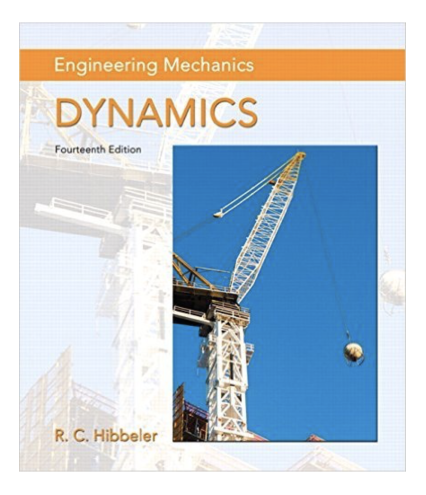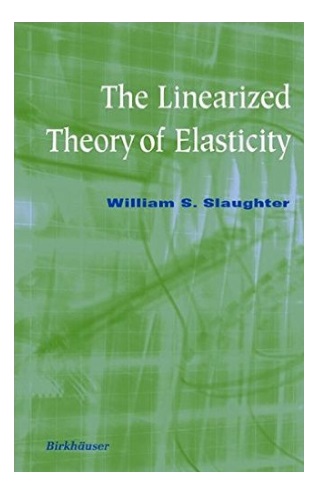Overview
The thrill of working in academia is to perform high impact research and train young and eager minds. As an engineering teacher, I want my students to make connection with real engineering problems. I want them to develop critical thinking ability and problem solving skills rather than being able to solve a predefined set of problems. I want them to make a good use of technology and software to complement their learning experience. I want them to develop teamworking skills and find ways to communicate in groups, review work of their peers and get reviewed by peers. Therefore the courses I teach constantly evolve in content and presentation medium to make them ever better!
I teach courses on the following subjects:
- Engineering Mechanics II (Dynamics)
- Fundamentals of Heat Transfer
- Introduction to Finite Elements Method
- Theory of Elasticity
Engineering Mechanics II (Dynamics)

This course uses an engineering approach to the solution of dynamics problems, motion and its causes with an emphasis on conceptual understanding. Both translational and rotational motions will be described quantitatively using concepts like position, velocity and acceleration. Topics include kinematics and kinetics of particles and rigid bodies, forces, torques, momentum and energy.
Prerequisites: MTH 161 and MTH 162 or equivalents, ME 120
Last taught: fall 2018
Fundamentals of Heat Transfer

This course provides review of thermodynamic concepts; energy balances; heat transfer mechanisms. Steady-state heat conduction; concept of thermal resistance; conduction in walls, cylinders, and spheres; cooling fins. Transient heat conduction; lumped parameter systems; transient conduction in plane walls; transient conduction in semi-infinite solids. Numerical analysis of conduction; finite difference analysis; one-dimensional steady conduction; two-dimensional steady conduction; transient conduction. Fundamentals of convection; fluid flow and heat transfer; energy equation; convective heat transfer from flat plate; use of dimensional analysis. External forced convection; flow over flat plates; flow past cylinders and spheres; flow across tube banks. Internal forced convection; thermal analysis of flow in tubes; laminar flow in tubes; turbulent flow in tubes. Heat exchangers; overall heat transfer coefficient; log mean temperature analysis; effectiveness-NTU method.
Prerequisites: ME 123, ME 225, and MTH 163 or 165
Last taught: spring 2017
Introduction to Finite Elements Method

This course provides a thorough grounding on the theory and application of linear steady-state finite element method (FEM) applied to solid mechanics. Topics include: review of matrix algebra and solid mechanics, Principle of Minimum Potential Energy, Rayleigh Ritz Method, FEM computational procedures, isoparametric shape functions and numerical integration for 1D, 2D, and 3D elements, error estimation and convergence, and the demonstration of FEM best practices using a commercial FEM code. A semester project that involves coding FEM software in Matlab is required for graduate students.
Prerequisites: ME 226 and ability to program in MATLAB
Last taught: fall 2019
Theory of Elasticity

Analysis of stress and strain; equilibrium; compatibility; elastic stress-strain relations; material symmetries. Torsion and bending of bars. Plane stress and plane strain; stress functions. Applications to half-plane and half-space problems; wedges; notches. 3-D problems via potentials.
Prerequisites: ME 226; ME 163 or MTH 163
Last taught: spring 2018
